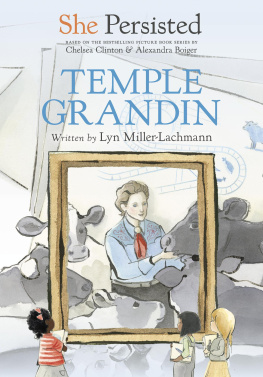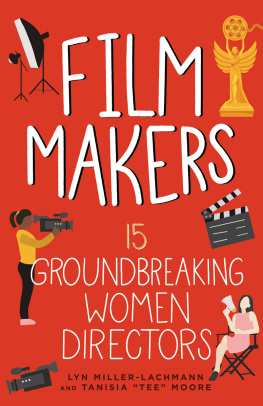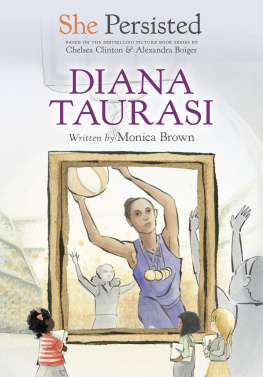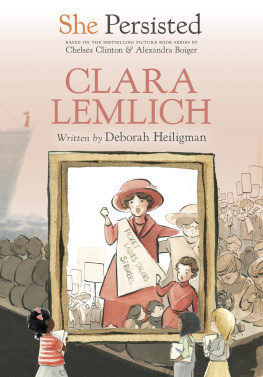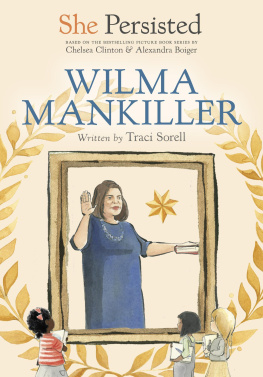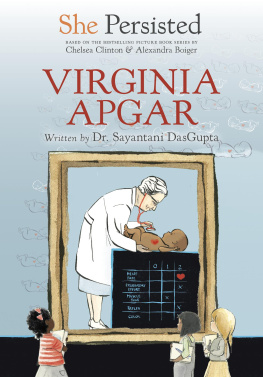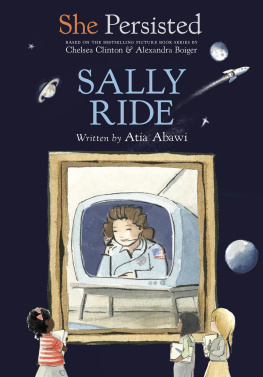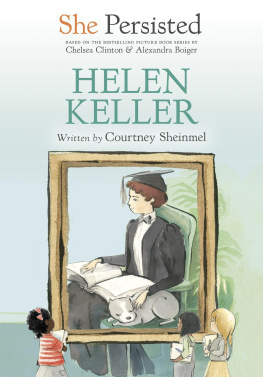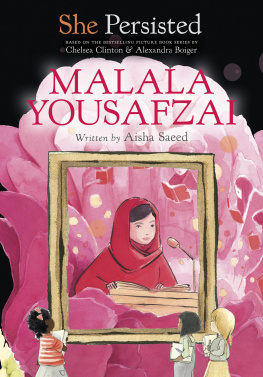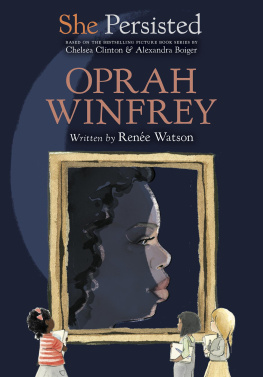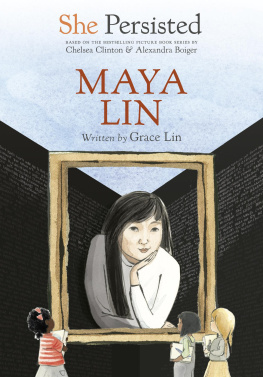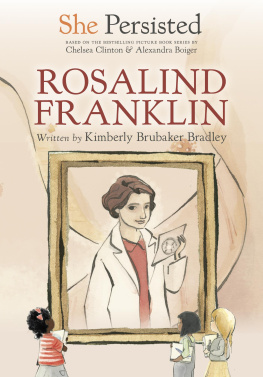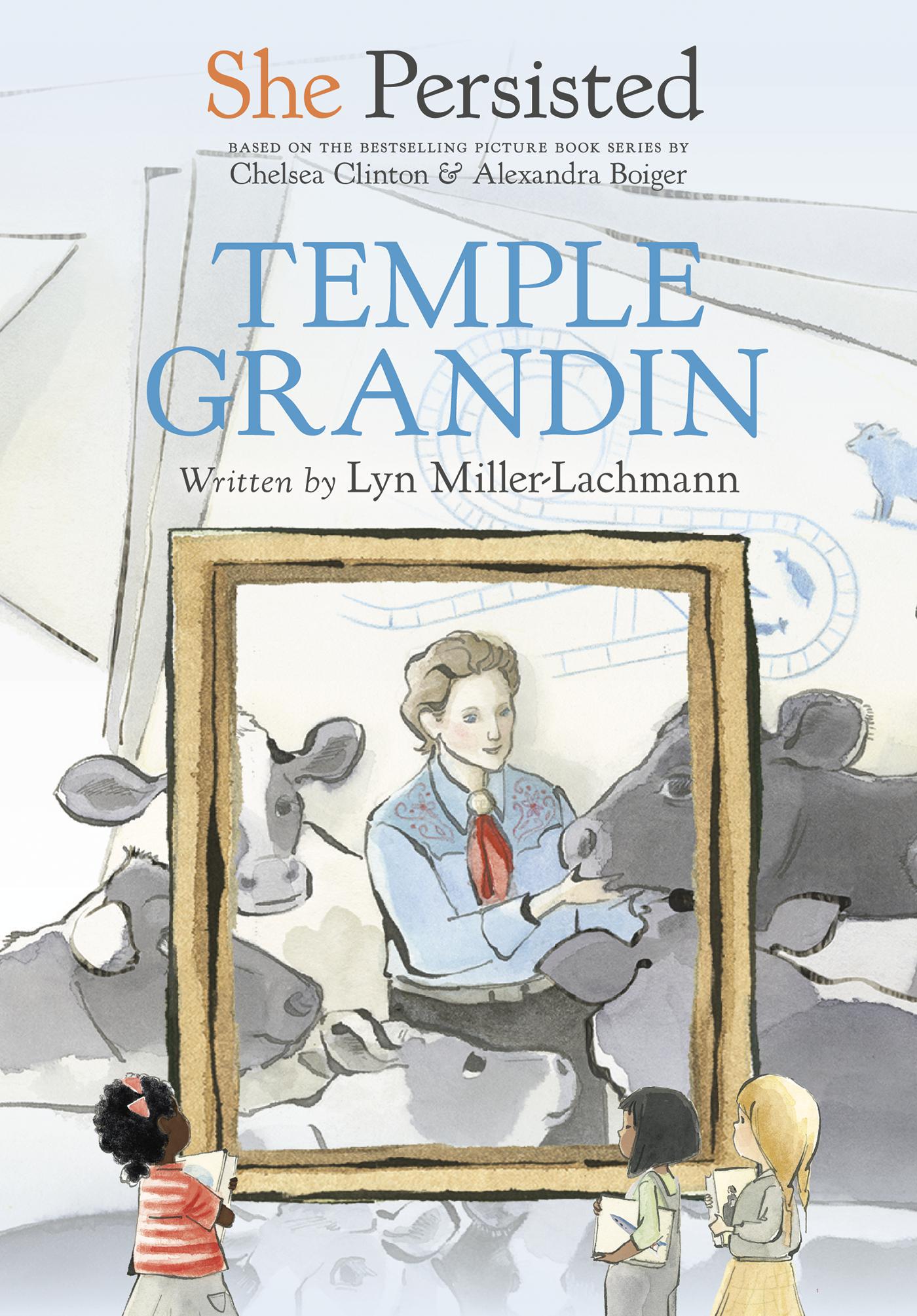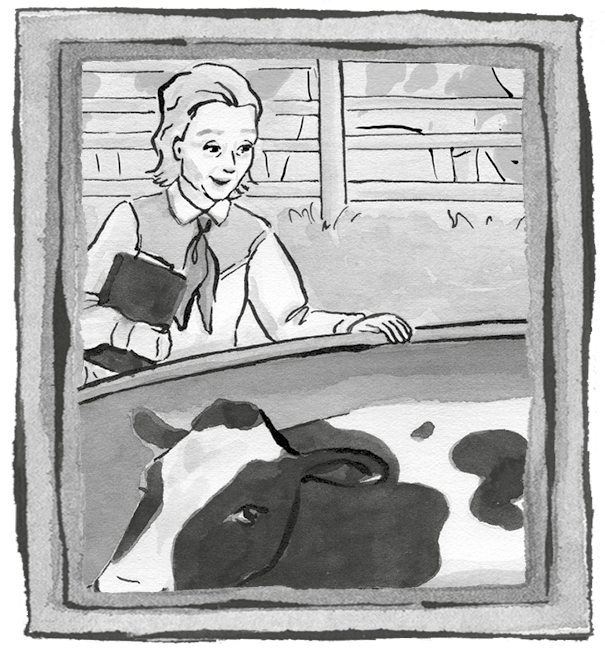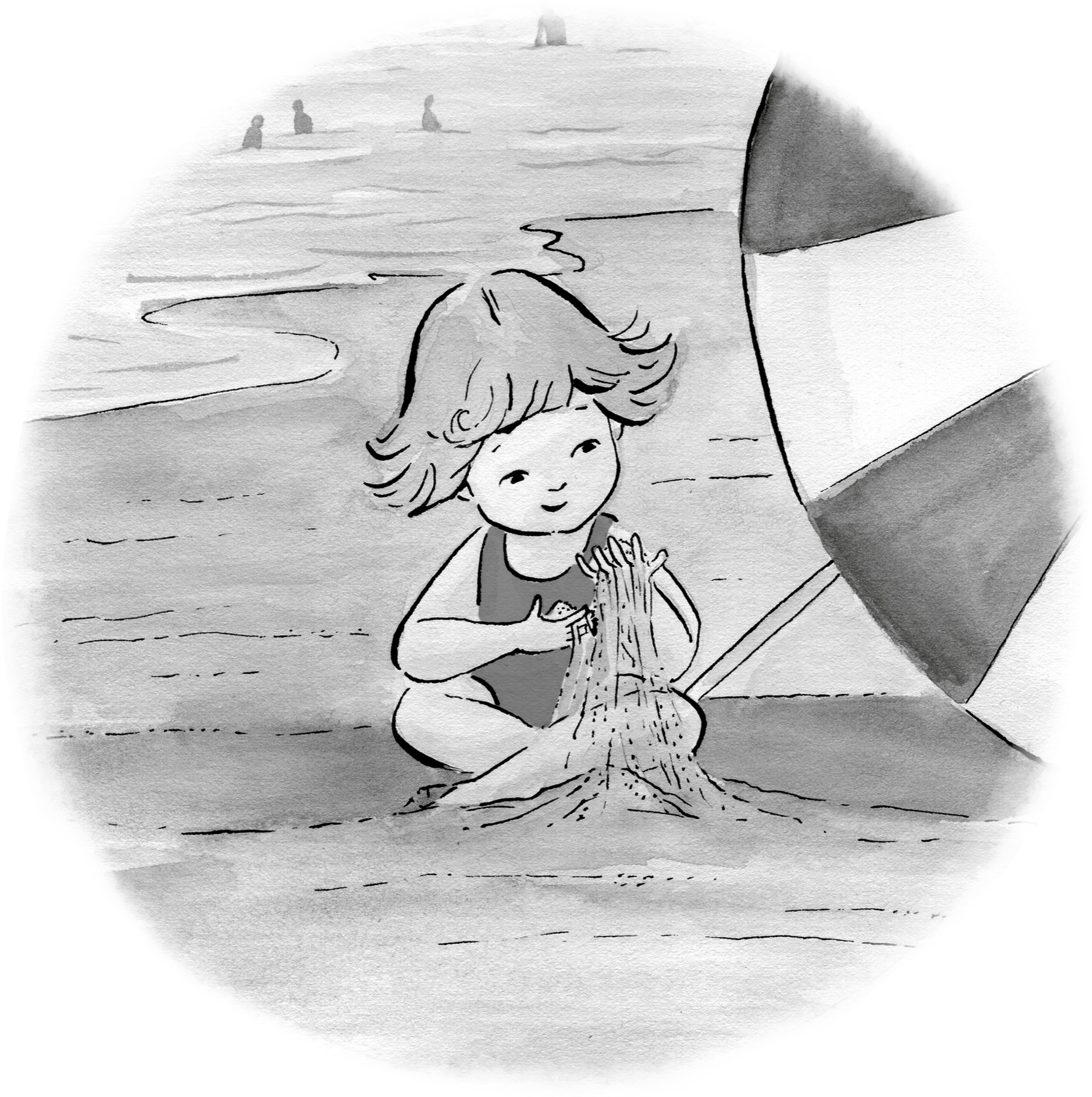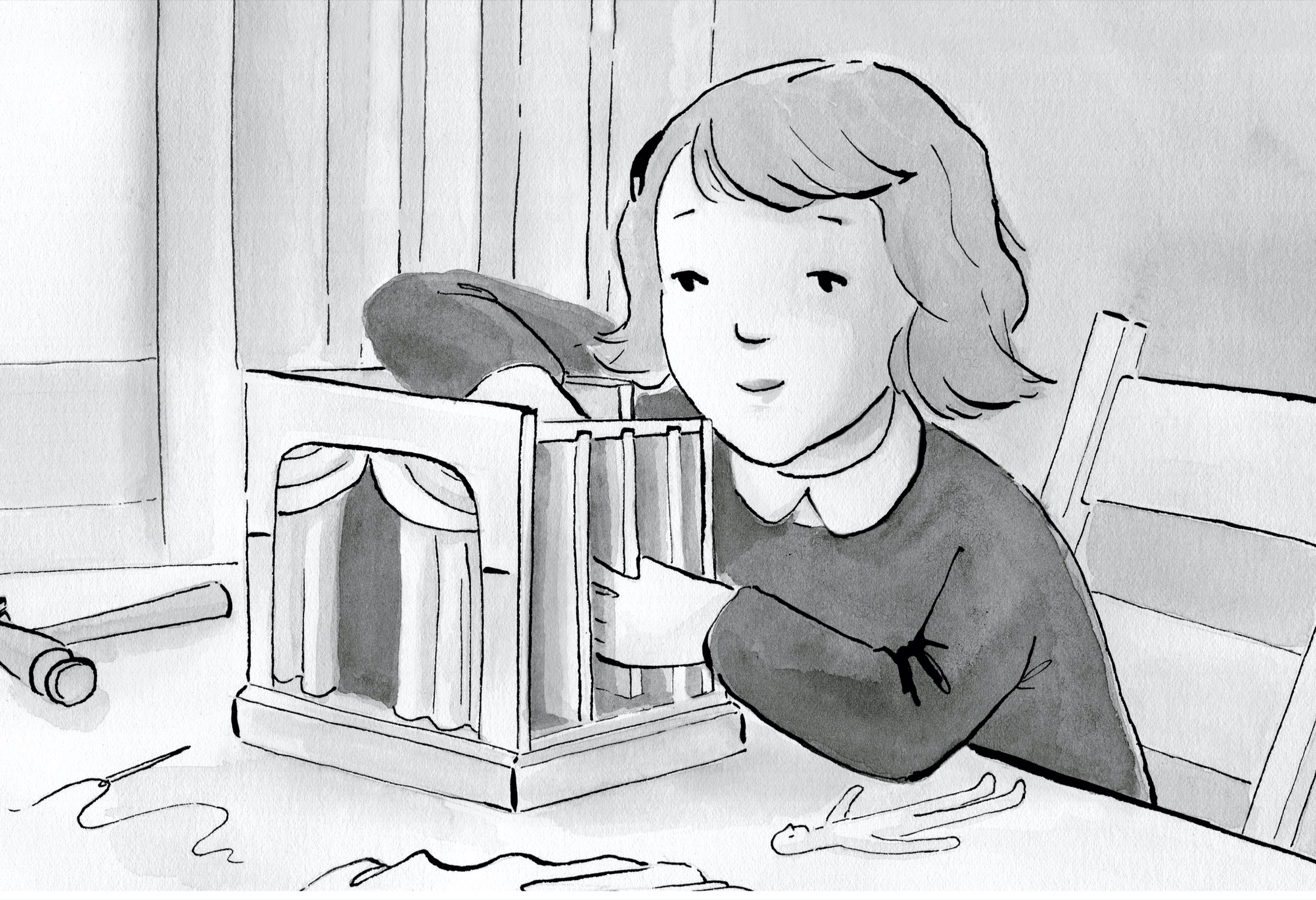Philomel Books
An imprint of Penguin Random House LLC, New York

First published in the United States of America by Philomel Books,
an imprint of Penguin Random House LLC, 2022
Text copyright 2022 by Chelsea Clinton
Illustrations copyright 2022 by Alexandra Boiger
Penguin supports copyright. Copyright fuels creativity, encourages diverse voices, promotes free speech, and creates a vibrant culture. Thank you for buying an authorized edition of this book and for complying with copyright laws by not reproducing, scanning, or distributing any part of it in any form without permission. You are supporting writers and allowing Penguin to continue to publish books for every reader.
Philomel Books is a registered trademark of Penguin Random House LLC.
Visit us online at penguinrandomhouse.com.
Library of Congress Cataloging-in-Publication Data is available.
HC ISBN 9780593353530
PB ISBN 9780593353554
Ebook ISBN 9780593353547
Edited by Jill Santopolo and Talia Benamy.
Cover art 2017 by Alexandra Boiger
Design by Ellice M. Lee.
The publisher does not have any control over and does not assume any responsibility for author or third-party websites or their content.
pid_prh_6.0_139653426_c0_r0
She Persisted: MARIAN ANDERSON
She Persisted: VIRGINIA APGAR
She Persisted: NELLIE BLY
She Persisted: RUBY BRIDGES
She Persisted: CLAUDETTE COLVIN
She Persisted: ROSALIND FRANKLIN
She Persisted: TEMPLE GRANDIN
She Persisted: FLORENCE GRIFFITH JOYNER
She Persisted: HELEN KELLER
She Persisted: CORETTA SCOTT KING
She Persisted: CLARA LEMLICH
She Persisted: MAYA LIN
She Persisted: WANGARI MAATHAI
She Persisted: WILMA MANKILLER
She Persisted: PATSY MINK
She Persisted: SALLY RIDE
She Persisted: MARGARET CHASE SMITH
She Persisted: SONIA SOTOMAYOR
She Persisted: MARIA TALLCHIEF
She Persisted: DIANA TAURASI
She Persisted: HARRIET TUBMAN
She Persisted: OPRAH WINFREY
She Persisted: MALALA YOUSAFZAI
Dear Reader,
As Sally Ride and Marian Wright Edelman both powerfully said, You cant be what you cant see. When Sally said that, she meant that it was hard to dream of being an astronaut, like she was, or a doctor or an athlete or anything at all if you didnt see someone like you who already had lived that dream. She especially was talking about seeing women in jobs that historically were held by men.
I wrote the first She Persisted and the books that came after it because I wanted young girlsand children of all gendersto see women who worked hard to live their dreams. And I wanted all of us to see examples of persistence in the face of different challenges to help inspire us in our own lives.
Im so thrilled now to partner with a sisterhood of writers to bring longer, more in-depth versions of stories of womens persistence and achievement to readers. I hope you enjoy these chapter books as much as I do and find them inspiring and empowering.
And remember: If anyone ever tells you no, if anyone ever says your voice isnt important or your dreams are too big, remember these women. They persisted and so should you.
Warmly,
Chelsea Clinton
TABLE OF CONTENTS
CHAPTER 1
On Her Own Schedule
Temple Grandins mother loved her daughter very much. But when Temple was a baby, her mother, Eustacia, worried about her a lot too. Eustacia worried because Temple was unusually quiet. While her friends babies babbled cheerfully, then spoke words and sentences, Temple stayed silent.
From the age of six months on, Temple stiffened when Eustacia held her. She hated it when people hugged her. She would scratch and kick like a little wild animal.
Eustacia noticed that Temple often seemed to live in her own world. Growing up, she would sit on the beach and watch sand running through her fingers. At home, she liked to tear paper up into strips or confetti and arrange it into piles. When Eustacia played the piano, Temple would rock or spin around in circles while humming to herself.
Temples father didnt have much patience with children, especially with one who was different. He wanted to send her to a home for children with disabilities. But Eustacia refused to give up on her daughter.
Fortunately, the Grandins had a lot of money, and they lived in Boston, where there were many well-known universities and hospitals. Eustacia brought Temple to the doctors at Boston Childrens Hospital. They tested Temples hearing. It was normal. After more tests, they told Eustacia that Temple had brain damage. The doctors suggested that Temple go for speech therapy.
Many years later, Temple would learn she was autistic. Autistic people have brains that work differently. They can often focus intently on things that fascinate them, like how sand looks and feels when it runs through fingers. But they sometimes have a hard time communicating their thoughts and feelings, which is why Temple didnt speak and why she screamed in frustration instead.
In 1947, the year Temple was born, very few children were diagnosed as autistic, which means that lots of doctors didnt realize what was going on with their patients. Those who were diagnosed usually lived in bleak hospital-like institutions for people with disabilities. The doctor who defined autism in 1943, Leo Kanner, thought it was uncommon and believed that doctors could use a few specific signs to tell who was autistic. Even though Kanner didnt have any recommendations for what to do about it then, doctors who read his work assumed the children he described could not live with their families or attend a regular school.
For more than a year after meeting with the doctors, Temple didnt say a word. Eustacia hired a nanny to play games with her so she would learn how to take turns, follow directions, and lose without throwing a tantrum. After Temple started speaking at age four, Eustacia taught her to read. They spent thirty minutes on reading lessons, five days a week, and Temple learned quickly. She showed her mother and everyone else that she would grow up and learn on her own schedule!
Eustacias father, Temples grandfather, John C. Purves, was a famous inventor who developed the autopilot system for airplanes. With her mother and grandfathers encouragement, Temple used her imagination to make things too. She discovered her mothers sewing kit and her fathers toolbox. She made models and dioramas that impressed her family. Then she took them apart and made new things.

